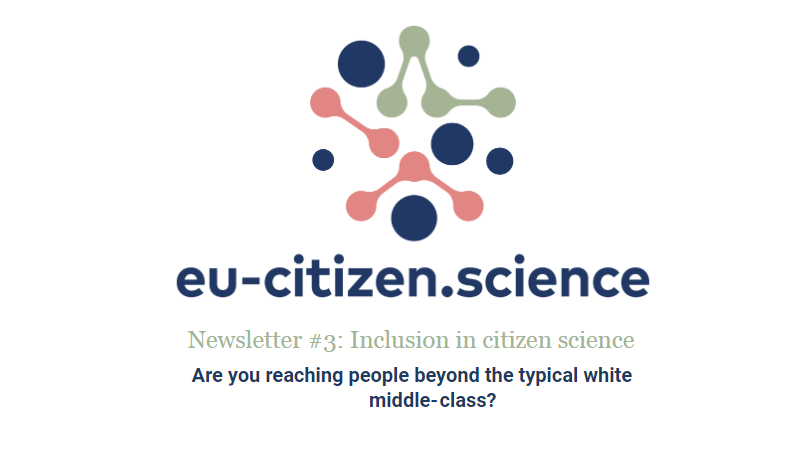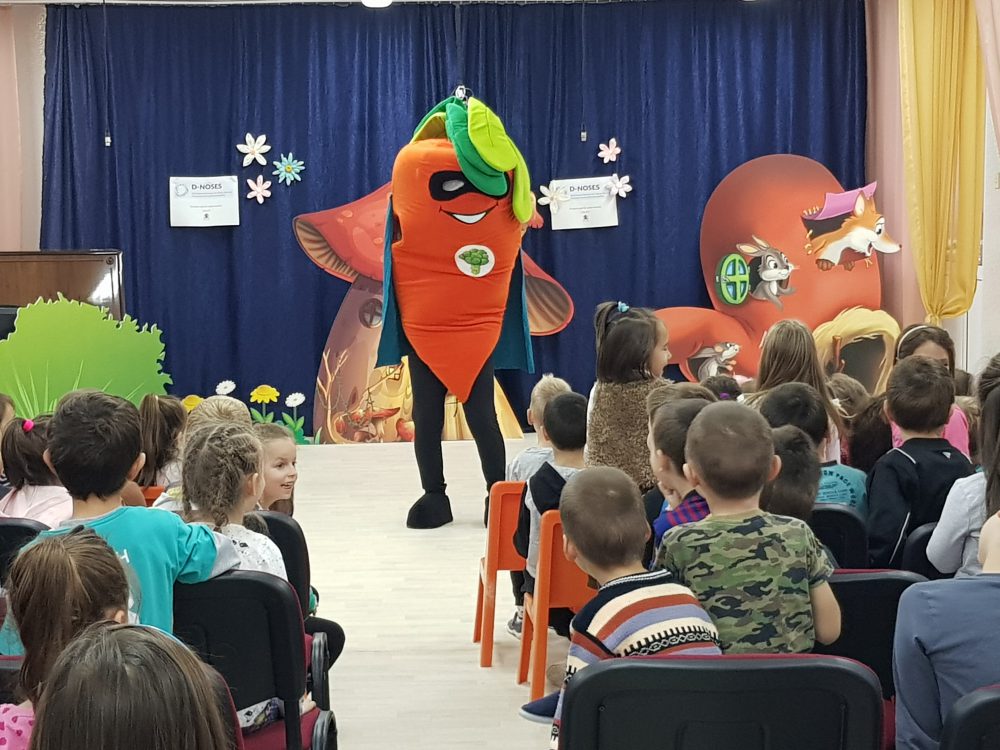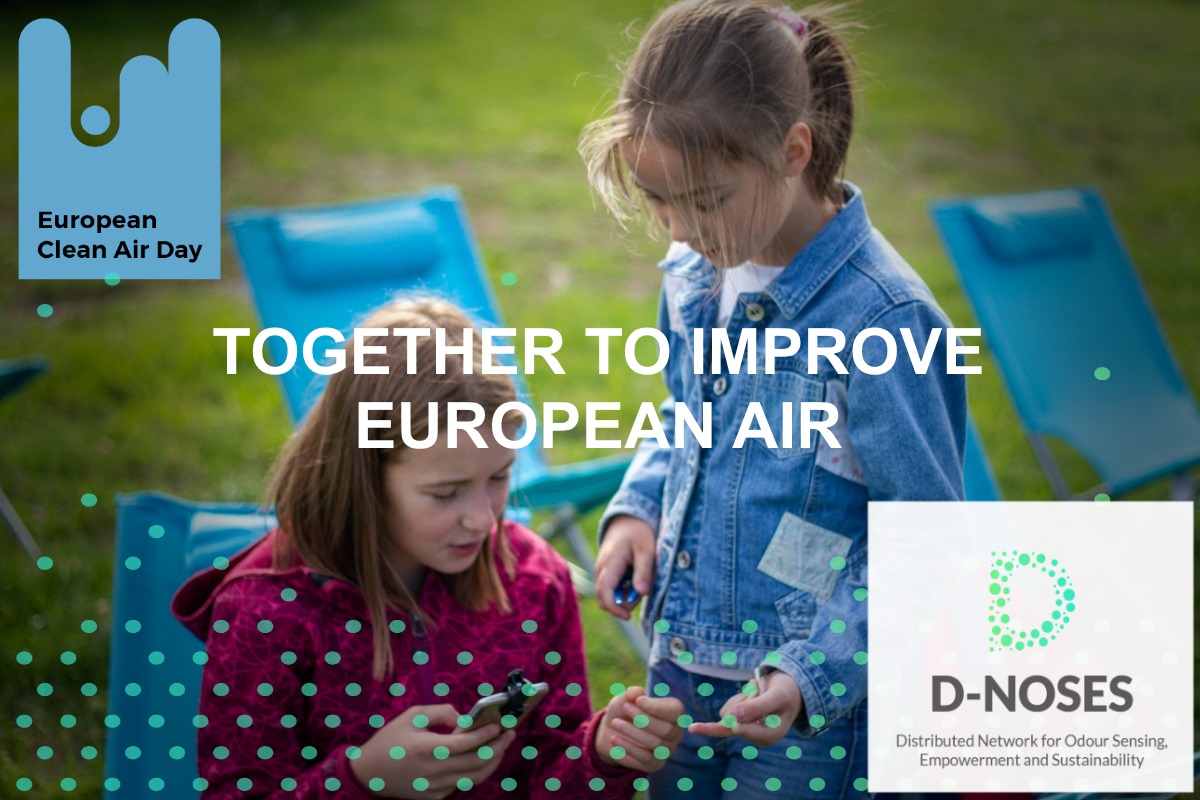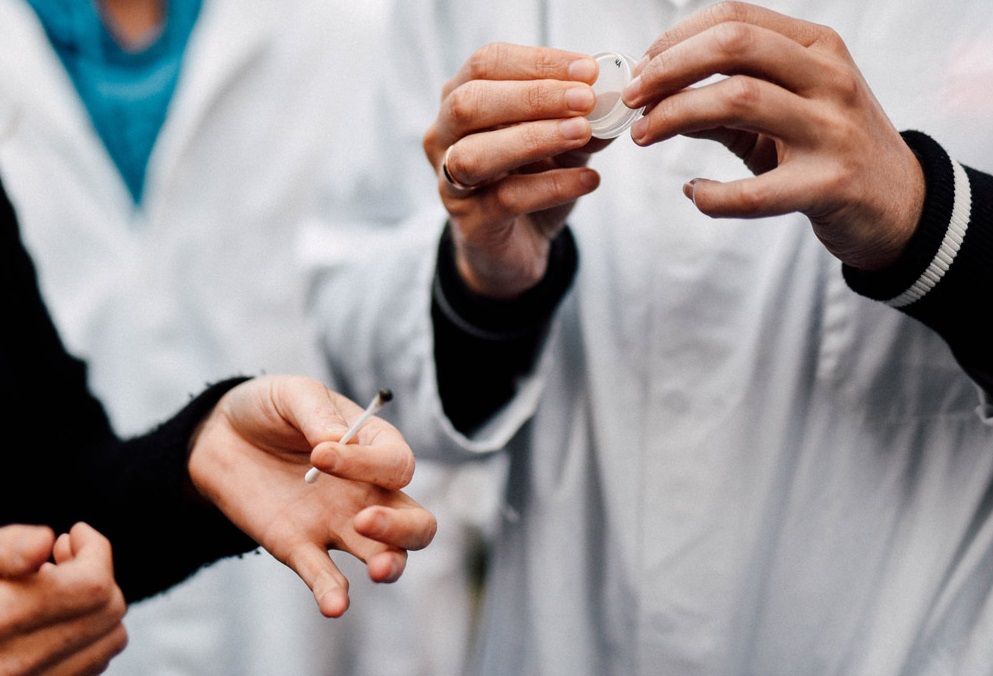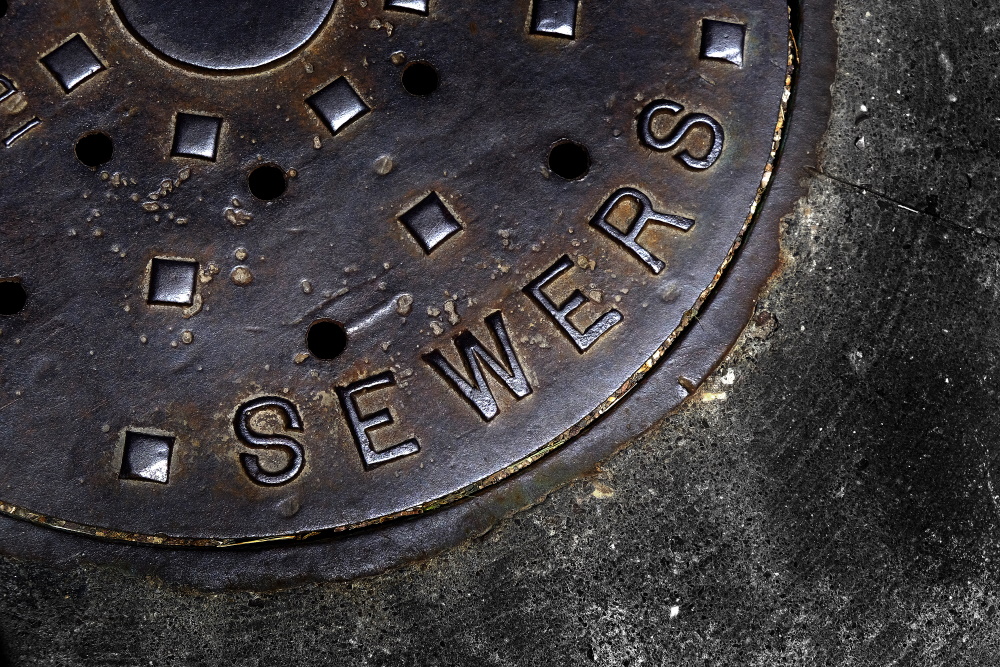
Sewage dumping from fisheries in Agrado de Penuelas
Illegal waste dumping is a common problem that can be challenging to tackle, as in this case of waste from fisheries in Chile. The sources are difficult to trace, even though the final effects are easy to see. D-NOSES proposes to use the human nose, our best and most versatile odour detection system, in a bid to help authorities track down and resolve the problems. […]
